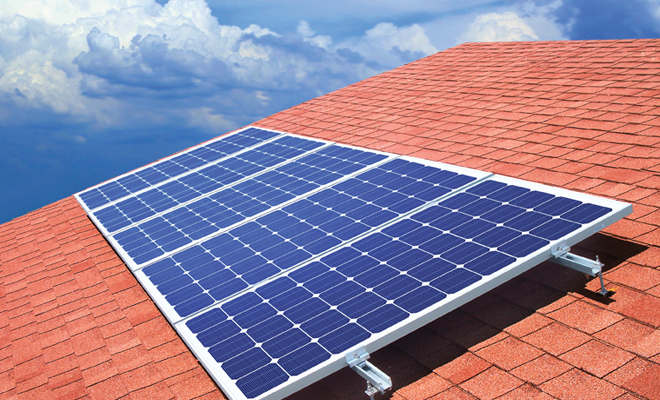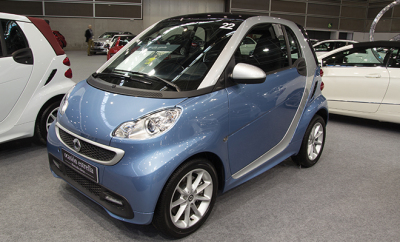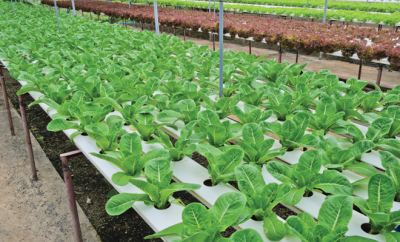
Green Living
Building the Home of the Future
While it would be nice to have a crystal ball that provides a glimpse into the future, that’s not the only way to predict what the home of tomorrow will look like. The current leading edge of green building technology provides lots of clues about future trends in homes. With residential energy consumption accounting for about 22 percent of total energy consumption in the U.S., the future is very likely to bring an increased focus on homes that are energy efficient and have a minimal environmental impact.
Energy-Efficient Design
The home of the future’s energy efficiency will begin in the early design stages. Home builders will use sophisticated computer modeling programs to determine the best location and orientation for new homes in terms of energy efficiency. Their goal will be a house that can produce most or all of the energy it needs through a combination of active and passive energy solutions. Passive energy efficiency will come from open floor plans that let air circulate, windows that bring in light and warmth, and wall and ceiling insulation that help manage room temperature.
Living off the Grid
For tomorrow’s homes in areas that get a moderate amount of sunlight throughout the year, the active energy solution will be an advanced solar energy system that covers all of the home’s energy needs, including thermal water heating. The home of the future’s solar panel system will be sleek, compact and unobtrusive. It will sell unused energy generated on sunny days back to the utility company, or the homeowner will have the option of sending excess energy to a battery backup system that automatically takes over on cloudy days. According to futurists, living off the grid will become easy for many homeowners thanks to more powerful batteries.
Recycle and Repurpose
Don’t expect green building practices to be restricted to new homes. The current trend for remodeling older homes using green technologies and sustainable materials will continue to grow, as will the desire to recycle natural materials as much as possible. The home of the future might be made from reclaimed wood from a 50-year-old house. There’s a good chance that many homes will feature prefabricated components or will be entirely prefabricated. The difference from many of today’s prefabs will be the use of natural materials, such as prefabricated wall panels made from sustainable wood with an environmentally-friendly insulation already in place.
Certified Green
If the future brings an increased interest in green building materials and technology, then there are likely to be an increasing number of buyers who ask about LEED certification (or a similar type of green certification) before purchasing a home. LEED, which stands for Leadership in Energy and Environmental Design, is a certification program sponsored by the U.S. Green Building Conference. To become LEED certified, buildings must satisfy requirements related to green building practices.
A Healthy Living Space
Sick Building Syndrome is the term used to describe symptoms such as cough, fever, chills and muscle aches caused by toxic indoor air. It can be the result of poor ventilation and chemical contaminants within a building. The home of the future will provide a healthy living space through the use of sustainably harvested materials, such as certified hardwood, instead of plastic. Ideally, the builder and buyer of the home of the future will protect its air quality by avoiding dangerous VOCs (volatile organic compounds) that are present in some types of synthetic upholstery as well as in paints, lacquers and solvents.
Home Energy Management System
The futuristic home will maintain optimal energy efficiency through a home energy management system that controls heating, ventilation, lights, the security system, landscape irrigation, appliances and home electronics. Most electronic devices used in the home will be wirelessly connected and will communicate with each other and the homeowner. For example, the home management system will detect who has just entered a room and adjust lighting, temperature and sound according to preset preferences. Other automated tasks might include adjusting heating, air conditioning or appliance use according to the time of day and the number of people at home. The home energy management system may even include one or more personal robots to help residents with home maintenance and cleaning.
Besides being built from sustainable materials, having an energy efficient design and providing all its own power off the grid, the home of the future will be comfortable. The design of the home and the technology behind its energy management system will keep rooms at the perfect temperature through every season. Don’t be surprised if “adjusting the thermostat” becomes a quaint outdated phrase from another era.
Sources: cnbc.com, energy.gov, inhabitat.com, smud.org and usgbc.org.









